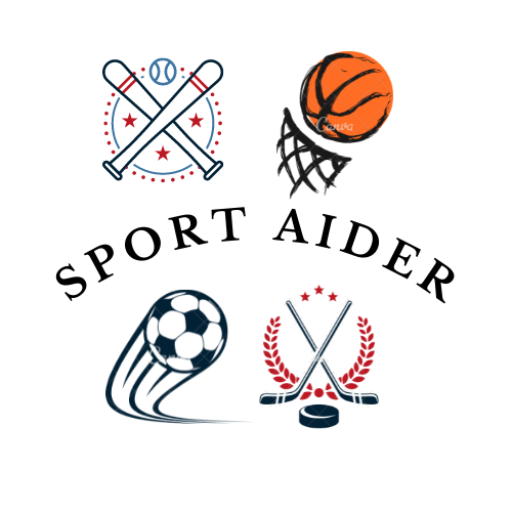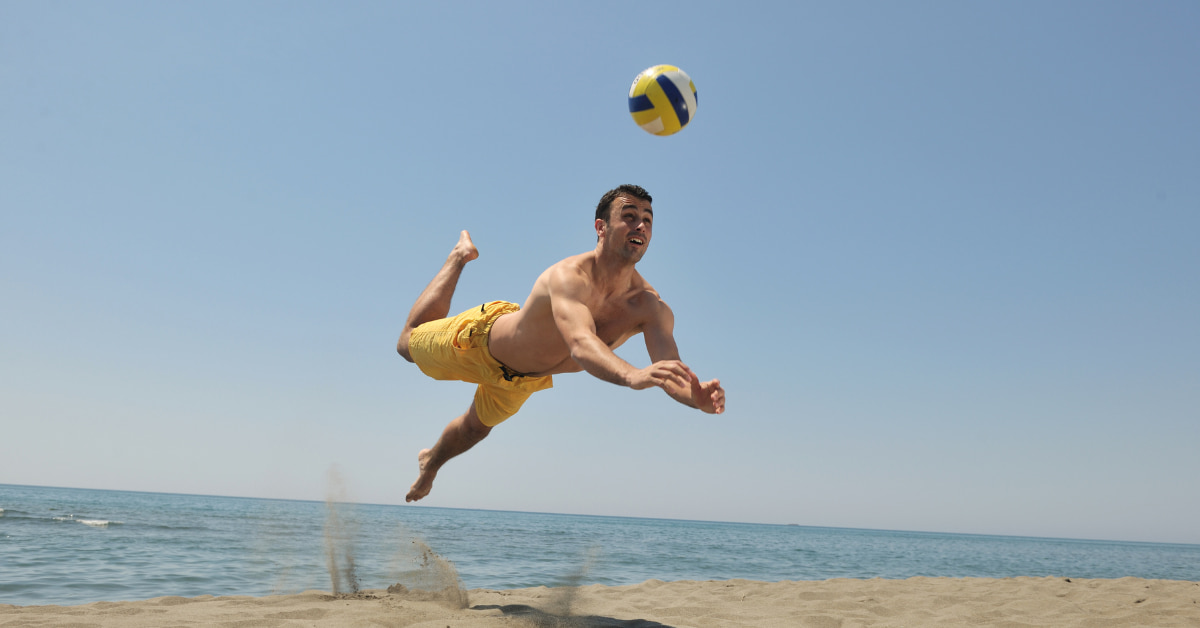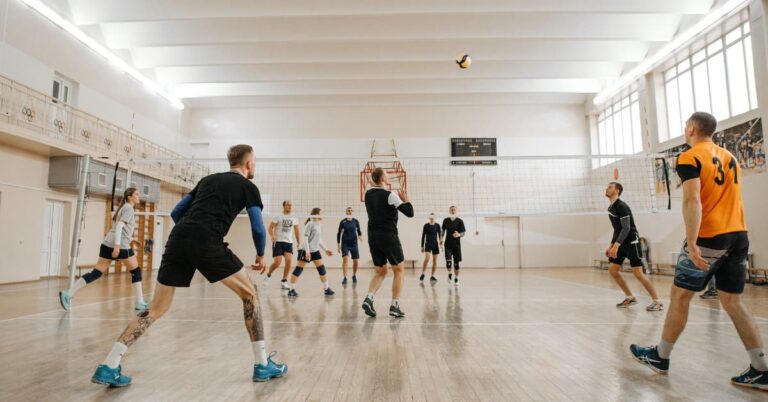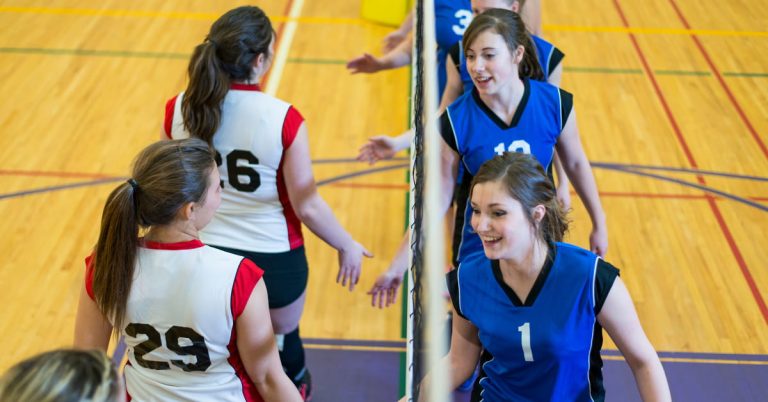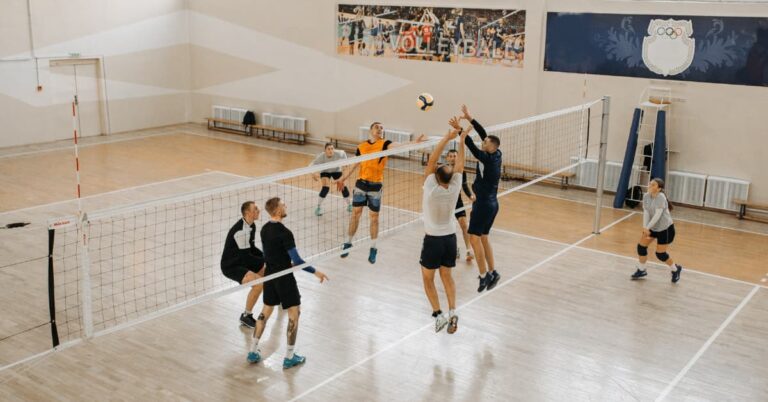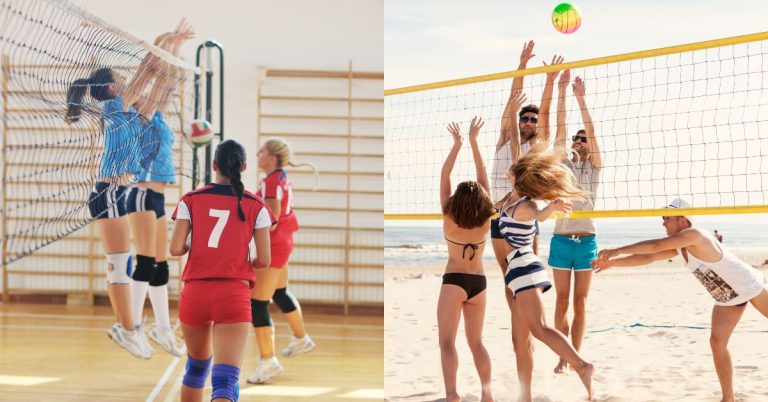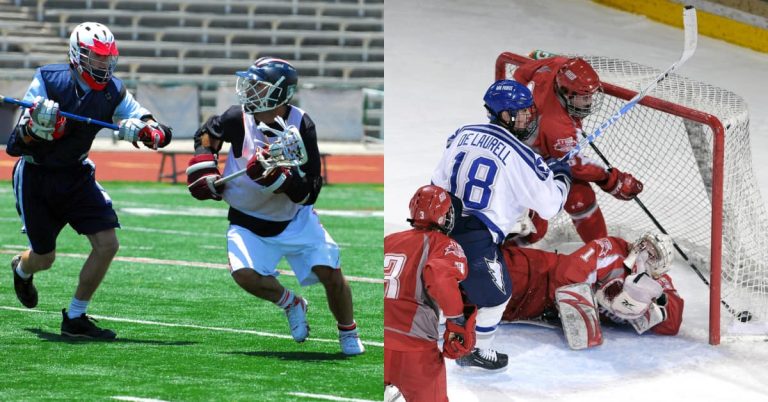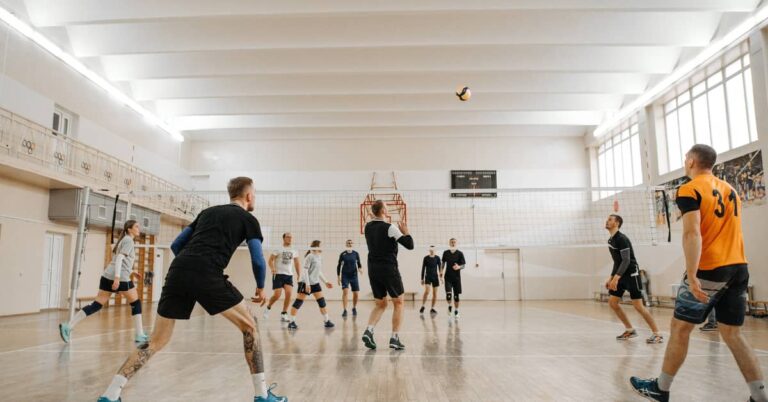Can You Use Your Head in Volleyball?
Volleyball is a dynamic and exciting sport that requires skill and agility. While most players primarily use their hands and arms to hit the ball, there is a question that often arises: Can you use your head in volleyball?
In this article, we will explore the rules, pros, and cons of using your head in volleyball and provide some helpful tips for incorporating this technique into your game.
Use your head in volleyball
While using your head in volleyball is not a common technique, it is allowed within the rules of the game. It can provide advantages such as quick reactions, tactical surprises, precision, and control.
If you choose to incorporate your head into your gameplay, remember to maintain proper technique, and prioritize control over power.
The Rules of Head Use in Volleyball
In volleyball, players are allowed to use their head to play the ball under certain conditions. Here are the general rules regarding head use in volleyball:
Legal Contact
The ball must be cleanly hit and not caught or thrown with the head. This means that you cannot hold or control the ball using your head, as this would be considered a fault.
Set and Attack
In most cases, using the head to set the ball or perform an attacking shot is not allowed. The typical techniques for setting and attacking involve using the hands and arms.
However, there may be situations where the ball accidentally hits your head while attempting to set or attack, and as long as it is a legal play, the rally can continue.
Blocking
When blocking an opponent’s attack, the head can be used as a part of the blocking motion. However, it is important to note that blocking with the head alone is not allowed. The use of the head should be in conjunction with a legal blocking action using the hands and arms.
Safety Considerations
While the head can be used in certain situations, it is essential to prioritize safety. Players should exercise caution when using their head to play the ball, as head injuries can occur if the ball is struck with excessive force. It is advisable to use the head sparingly and only when necessary.
Referee Discretion
Although the rules may not explicitly cover head use, the referee has the final authority to make decisions based on the spirit of the game and safety considerations. If the referee deems that the use of the head was a violation or posed a danger to the players, they may call a fault or stop the play.
Pros of Using Your Head in Volleyball
Quick Reactions: Using your head can provide a quick reflex response when the ball is difficult to reach with your hands or arms. It can help you make a play when the ball is coming at an unexpected angle or is out of your reach.
Tactical Advantage: Incorporating your head into the game can catch opponents off guard, giving your team a strategic advantage. By using a less predictable body part, you can create confusion and make it harder for the opposing team to defend against your shots.
Precision and Control: With proper technique, using your head can allow for precise ball placement and control. You can direct the ball with accuracy, aiming for specific areas of the court to create scoring opportunities for your team.
Cons of Using Your Head in Volleyball
Injury Risk: Using your head in volleyball carries a risk of injury, especially if the ball is hit with excessive force or incorrect technique. It is crucial to be cautious and protect yourself from potential head or neck injuries when using this technique.
Lack of Power: Compared to using your hands or arms, using your head may not generate as much power, limiting the force behind the hit. This can make it challenging to execute powerful spikes or serves when using your head.
Decreased Visibility: When the ball is approaching from above, using your head may obstruct your view, making it harder to track the ball’s trajectory. It is important to be aware of your surroundings and adjust your positioning accordingly to maintain good visibility.
Here are some tips for using your head when playing volleyball
Maintain Proper Technique: Keep your eyes on the ball and use your forehead to make contact, ensuring a clean hit. Avoid using the top of your head or other parts of your face to prevent injuries.
Practice Control: Focus on accuracy and precision rather than power when using your head. Aim for specific locations on the court, such as open spaces or areas where the opposing team is less likely to defend.
Communication: Communicate with your teammates to avoid collisions and ensure everyone is aware of your intention to use your head. Clear and effective communication is crucial in preventing accidents and maintaining a cohesive team dynamic.
Frequently Asked Questions
How many times can we use our head in volleyball?
There is no specific limit to how many times you can use your head in volleyball. However, it is essential to use it judiciously and within the flow of the game. Remember to consider the pros and cons discussed earlier.
Can you use your feet in volleyball?
No, using your feet to make contact with the ball is not permitted in volleyball. Only hands, arms, and other body parts above the waist are allowed. Using your feet would result in a violation and a point awarded to the opposing team.
Know More : Can You Use Your Feet In Volleyball?
Can your hair touch the net in volleyball?
No, your hair is considered part of your body, and just like any other body part, it should not touch the net during play. If your hair comes in contact with the net, it would be considered a violation, and a point would be awarded to the opposing team.
What if the ball hits my head by accident in volleyball?
If the ball hits your head accidentally during play, it is considered a legal play as long as it was not intentional. Play should continue as usual, and the rally should proceed without any interruptions.
Conclusion
In the world of volleyball, using your head may not be the go-to move for most players, but it can add an element of surprise and versatility to your game. Ultimately, the decision to incorporate your head into your volleyball skills arsenal should be based on your individual playing style, strategy, and comfort level.
